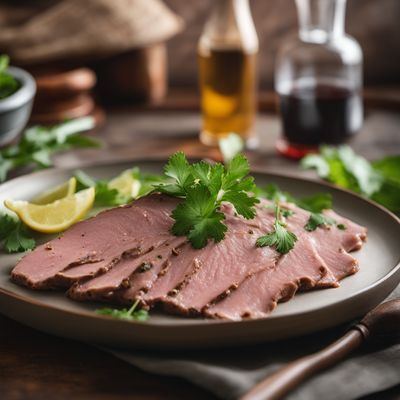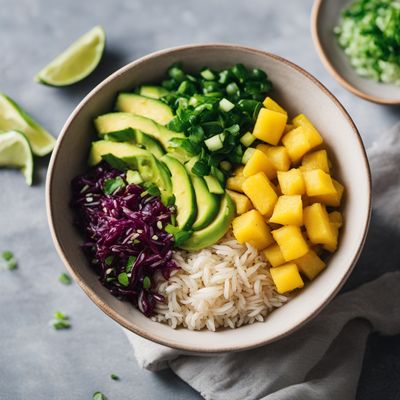
Ingredient
Canned salmon
The Versatile Delight: Canned Salmon
Canned salmon is a processed form of salmon that is cooked, deboned, and preserved in a can. It has a tender and flaky texture with a mild, slightly salty flavor. The color of canned salmon can vary from pale pink to deep red, depending on the type of salmon used. It is a popular choice for those looking for a convenient and affordable source of omega-3 fatty acids and protein.
Origins and history
Canned salmon originated as a way to preserve fresh salmon for longer periods. It gained popularity in the early 20th century as a convenient and affordable alternative to fresh salmon. Today, it is widely consumed in various cuisines around the world. The canning process allows salmon to be enjoyed even in regions where fresh salmon is not readily available.
Nutritional information
Canned salmon is a good source of omega-3 fatty acids, protein, and vitamin D. It is also low in saturated fat and calories. A 3-ounce serving of canned salmon provides approximately 120 calories, 17 grams of protein, and 4 grams of fat.
Allergens
Fish
How to select
When selecting canned salmon, look for cans that are free from dents, bulges, or leaks. Check the expiration date to ensure freshness. Opt for wild-caught salmon for a more sustainable and flavorful choice. Choose cans with BPA-free linings for a healthier option.
Storage recommendations
Store unopened cans of salmon in a cool, dry place, away from direct sunlight. Once opened, transfer any unused portion to an airtight container and refrigerate. Use within 2-3 days for optimal freshness.
How to produce
Canned salmon is not something that can be produced at home, as it requires specialized equipment and processes. It is best to purchase canned salmon from reputable brands or suppliers.
Preparation tips
Canned salmon can be used in a variety of dishes, such as salmon salads, sandwiches, pasta dishes, and patties. It can also be added to soups, chowders, and casseroles for an extra boost of flavor and nutrition. Drain the canned salmon before use and remove any skin or bones if desired.
Substitutions
Fresh salmon fillets, smoked salmon
Culinary uses
Canned salmon is commonly used in salads, sandwiches, and pasta dishes. It is also a popular ingredient in salmon cakes or patties. Its versatility allows it to be incorporated into various cuisines, including Mediterranean, Asian, and American.
Availability
Canned salmon is widely available in grocery stores and supermarkets worldwide. It can also be purchased online from various retailers and suppliers.
More ingredients from this category
Recipes using Canned salmon

Peruvian-style Sushi Rolls
Maki de Sushi Peruano: A Fusion of Flavors

Kenyan-style Vitello Tonnato
Savory Beef with Creamy Tuna Sauce: A Kenyan Twist on Vitello Tonnato

Pukala Poke Bowl
Tropical Delight Poke Bowl

Caribbean-inspired Sushi Rolls
Tropical Paradise Sushi Rolls

Spanish Potato and Tuna Salad
Mediterranean Delight: Spanish Potato and Tuna Salad

Latin American Sushi Rolls
Samba Sushi: A Fusion of Japanese and Latin American Flavors

Masroshi Manado-style
Spicy Tuna Stuffed Pancakes - A Taste of Manado

Quebecois-style Akami Nigiri Sushi
Maple-Glazed Akami Nigiri Sushi: A Fusion of Japanese and Quebecois Flavors